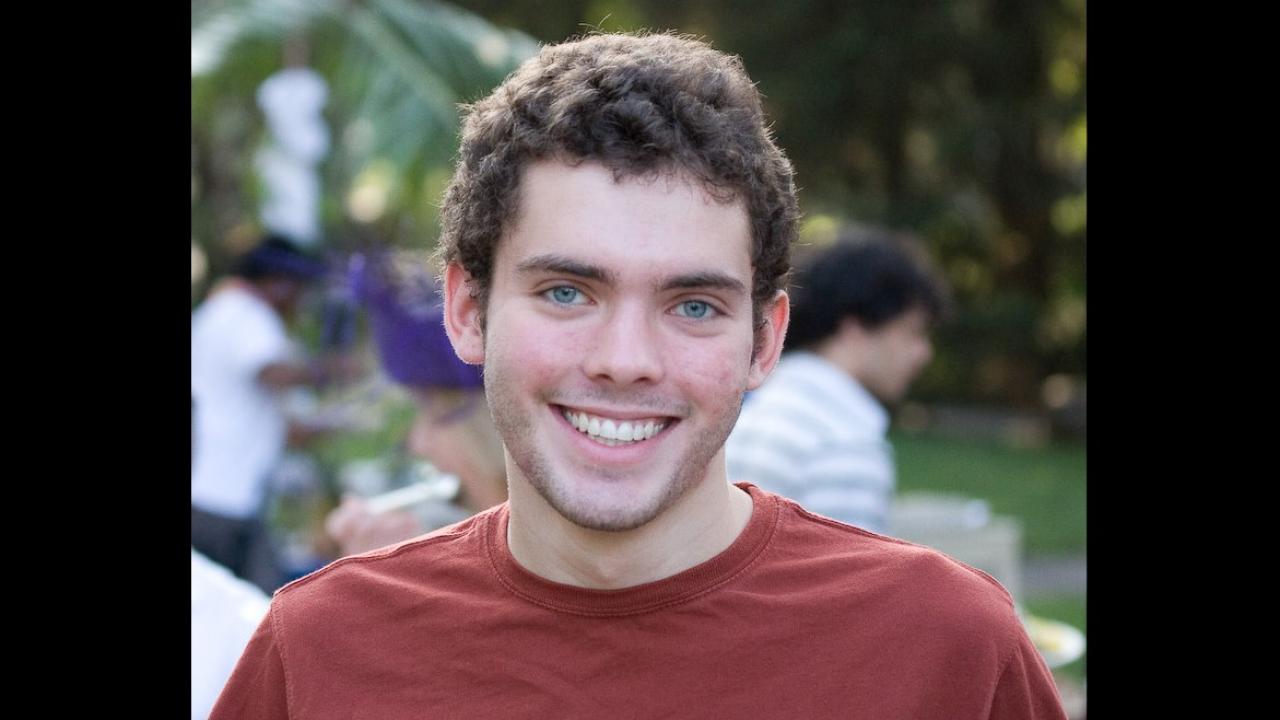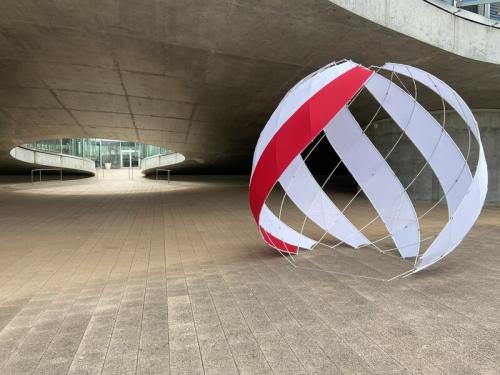
Julian Panetta: Re-Inventing Design
Computer science assistant professor Julian Panetta creates new shapes for a living. While he’s not literally re-designing the square, he develops computer algorithms that design new shapes and structures with unique mechanical properties and brings them to life with digital fabrication technologies like 3D printing.

His algorithms automate a process called inverse design. An inverse design algorithm empowers designers to specify the exact properties they want a structure to have. The algorithm then discovers structures that produce them, which can result in a variety of wild shapes. This is much faster and more efficient than traditional design processes, as the possible manufacturable designs far exceed what designers and engineers can explore with intuition and trial-and-error alone, especially if they want to exploit some complicated physical phenomenon.
Panetta has been particularly interested in developing 3D printable microstructures that can mimic different elastic materials (of varying stretchiness and stiffness) and using them to create objects that deform into a particular shape. His algorithms can design geometries that not only produce a requested set of material properties but are also optimized for durability.
“When users ask for a particular material property, we still have the freedom to search within a variety of geometries,” he said. “Many different shapes produce the same behaviors, but some are going to be less likely to break than others.”
The potential applications are nearly endless. Clothing, stadium roofs, inflatable shelters, drug delivery systems, medical implants and soft robotics are just a few of the different research areas Panetta is interested in or has worked with in the past.
Making the most of digital fabrication
The combination of Panetta’s algorithms and modern digital fabrication methods like 3D printing is key. 3D printers can produce new classes of parts that are difficult or impossible to make with traditional methods, and the algorithms can find structures that aren’t intuitive to human designers. Together, he hopes, they can help usher in a new era of engineering design.

Most recently, his work has focused on deployable structures that can be constructed flat and then expanded into larger, curved 3D shapes. Especially at larger scales, flat fabrication is considerably simpler and more cost-effective than 3D processes. His algorithms therefore create structures that are stable in both a 2D fabrication configuration and a desired 3D deployed shape.
One example is a grid of elastic beams connected by pivot joints that pops into a curved shape when stretched. The shape that emerges varies depending on the precise spacings between beams, which are too difficult to tune manually.
“Exploring these new approaches for digital fabrication is really important,” he said. “We have all of these new technologies with amazing capabilities that we don’t yet have the computational design tools to fully exploit.”
He eventually wants to develop a general platform for inverse design that can be easily adapted and extended to address new applications. Right now, it can take months to develop an efficient custom-built simulation of a new physical phenomenon and even longer to develop a design algorithm based around that simulation.
From hobby to career
For Panetta, computer science was a natural career path. He has been obsessed with computers as long as he can remember and was already playing around with developing basic physics simulations by the time he was in high school. When he earned his B.S. at Caltech, mainstream 3D printing technology was beginning to take off, and he saw it as the perfect application when he went to graduate school at New York University.
“Once I saw the emergence of affordable 3D printers, I got really excited because instead of just bringing physics into the computer, we could now go the other direction and take designs that we made through our simulations into the real world,” he said.

The thrill of seeing one of his computer-created designs in the real world is still something that drives him. He proudly shows off the 3D structure he created as a postdoc at École Polytechnique Fédérale de Lausanne, Switzerland that won an architecture competition in Barcelona, despite the team being “outsiders” from computer science.
He hopes to build on this success at UC Davis and become a prolific collaborator across the university. With work that intersects with computer science, mathematics and materials science—and applications in many engineering fields—he is excited to hit the ground running at UC Davis. He particularly looks forward to working with researchers in the Departments of Mathematics, Mechanical and Aerospace Engineering, and Civil and Environmental Engineering.
“There’s so many great people here working in adjacent areas that I’m excited to collaborate with,” he said.
